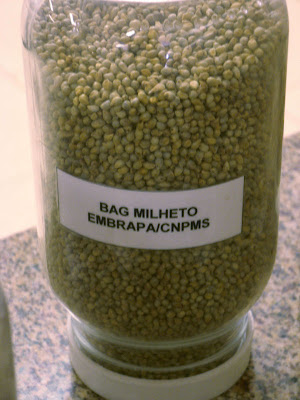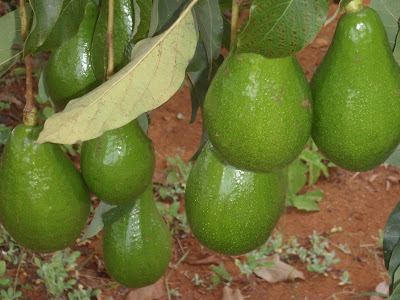Volleyball and Basketball - Thursday night the group went to ESALQ's recreation center and played basketball and volleyball. It was a nice night of exercise and fun.


On Friday we left early in the morning and headed to Sao Paulo which is about two hours from Piracacaba. On the way we stopped at Cajamar and toured Natura which is Brazil's largest cosmetic and cream factory. It was very impressive. They had 7500 workers at the location in Cajamar and on location they had a restaurant, health care options, smoking cessation classes, a 170 child day care and a training center. They worked three shifts Monday through Friday and they rotated responsibilities throughout the day.


Natura had a wall with wood inserts in their conference center which identified those consultants who had worked for Natura for more than 15 years. One might compare Natura to Mary Kay Cosmetics. The marketing of the products was all done by consultants.



From there we traveled to Osasco to visit Mcdonald's Food Town and oberserved the production of buns for McDonalds. McDonald's Food Town produces all the products for McDonalds and each year I have been to Brazil I have seen different sections of the company. The students immediately noticed how clean it was and were fascinated by seeing a large amount of dough being mixed and made into buns. No pictures were allowed so ask your student about the visit.
We checked into the hotel in Sao Paulo and got settled in and cleaned up for supper at McDonald's, Samba School and the Carnival experience. We ate dinner at McDonald's to compare U.S. and Brazilian McDonald's and to eat the buns we had just seen made.
It is really difficult to explain the Samba School and Carnival Experience. Carnival is a Brazilian Celebration which happens annually in February. It lasts three days and throughout the country it is a time of celebration, parades, dance and music. You could compare it to the Mardi Gras but then think about that country wide. Communities have dance groups which join together to create a theme and recreate the theme through music and dance. They parade through the streets presenting this theme. Formation and presentation of the theme is judged. In essence what we experienced was the gathering of one of the community groups in their center, learning the samba from one of the members and then going out onto the street and very quickly learning the song and dance movements so that we could join the group in one of their rehearsals. We then danced the samba and sang the song with the movements in formation back to the community center.


You can see the students here modeling some of the Carnival head pieces in the traditions O-H-I-O!!


These pictures were taken while we were outside parading back to the community center.



We left about midnight very hot and tired. A good night's sleep was necessary for Saturday's activities of a soccer game, the zoo and a nice night out in Sao Paulo.


In our group of four people there were at least 50 pictures taken of this hippo. The hippo just caught our attention and we watched for a long time. He finally came up to the fence right we were standing.

The bear appeared to be enjoying the afternoon just sitting there soaking up the sun.

Sunday we went to the hippie market which gave us the opportunity to buy homemade gifts for friends and family members. Very interesting looking at the the items related to Brazilian culture. From there we visted a large cathlolic church in Sao Paulo for their 11:00 am mass.

Shirota often talks about the lunch on Sunday in Sao Paulo and not eating supper and breakfast before so that we are hungry. This Sunday lunch is what is called a Brazilian Churrascaria. Sunday is a family day in Brazil and most families go out to eat. The group was served meat, fish and cheese along with a grand salad bar until we could eat no more. There was no reason to go away hungry. I think for the first time two students ate more than Shirota. That is a lot of meat!!


The students slept all the way back to Piracacaba. They could barely move when they left Charrascaria. It was a quite night of settling back into Antonio's Palace and getting a good night's sleep.
Take care





























































